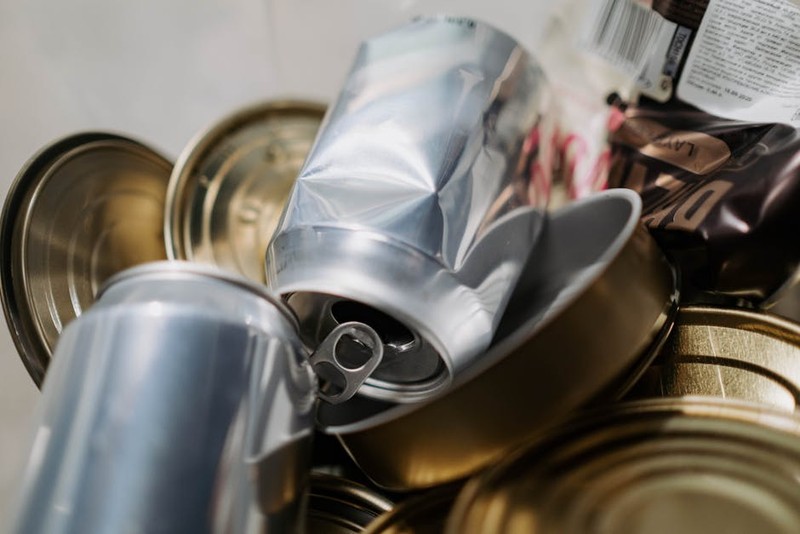The Hidden Challenge: Balancing Precision and Sustainability
In the world of custom metal machining, sustainability isn’t just a buzzword—it’s a complex engineering challenge. For years, the industry prioritized precision and speed over environmental impact, but rising material costs and stricter regulations have forced a paradigm shift. The real challenge lies in achieving micron-level accuracy while minimizing waste and energy consumption.
Why Traditional Methods Fall Short
- Excessive Material Waste: Conventional CNC processes often generate up to 60% scrap from raw billets.
- Energy-Intensive Operations: Older machines consume 20-30% more power than modern, optimized systems.
- Limited Recyclability: Many alloys require specialized handling to be reused, adding cost and complexity.
In one project I led for an aerospace client, we faced a critical bottleneck: machining titanium components with a 40% scrap rate. The solution? A combination of advanced toolpath optimization and sustainable material sourcing.
Expert Strategies for Sustainable Machining
1. Adaptive Machining: Reducing Waste with Smart Toolpaths
Modern CNC software (e.g., Mastercam, Siemens NX) now includes adaptive roughing algorithms that reduce material waste by up to 25%. By dynamically adjusting cutting depth and feed rates, these tools minimize unnecessary passes.
Case Study: Automotive Bracket Production
| Metric | Traditional Machining | Adaptive Machining | Improvement |
|——–|———————-|——————-|————-|
| Material Waste | 45% | 18% | 60% Reduction |
| Cycle Time | 120 min | 95 min | 21% Faster |
| Energy Use | 12 kWh | 9 kWh | 25% Savings |
2. High-Efficiency Coolant Systems
Coolant waste accounts for nearly 15% of a shop’s environmental footprint. Switching to minimum quantity lubrication (MQL) or biodegradable coolants can cut fluid usage by 80%.

Pro Tip: Pair MQL with ceramic-coated tools to extend tool life by 35%, further reducing waste.

3. Closed-Loop Material Recycling
Collaborating with local recyclers to repurpose metal chips into new billets can slash raw material costs by 10-15%. One marine industry client saved $50,000 annually by implementing a chip-to-billet program for aluminum parts.
The Future: Digital Twins and AI-Driven Optimization
Emerging technologies like digital twins (virtual replicas of machining processes) allow engineers to simulate and optimize cuts before material is wasted. In a recent turbine blade project, AI-driven simulations reduced trial runs by 70%, saving $120,000 in prototyping costs.
Key Takeaway: Sustainable machining isn’t just eco-friendly—it’s a competitive advantage. By integrating these strategies, manufacturers can achieve higher precision, lower costs, and a smaller environmental footprint.
Actionable Steps to Get Started
- Audit Your Waste Streams: Measure scrap rates and energy use to identify inefficiencies.
- Upgrade Software: Invest in adaptive machining tools or cloud-based optimization platforms.
- Partner with Recyclers: Establish a closed-loop system for metal chips and cuttings.
The shift to sustainable machining isn’t optional—it’s the future. As one client put it after cutting their scrap rate by half: “We’re not just saving money; we’re future-proofing our business.”
Ready to optimize your process? Share your biggest sustainability challenge in the comments, and let’s brainstorm solutions.
